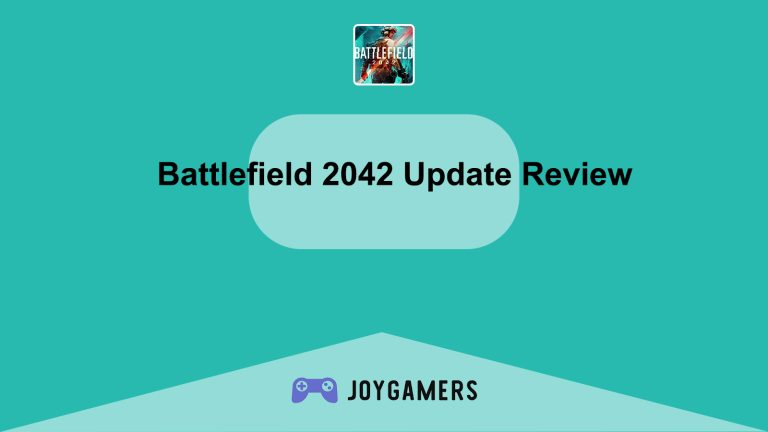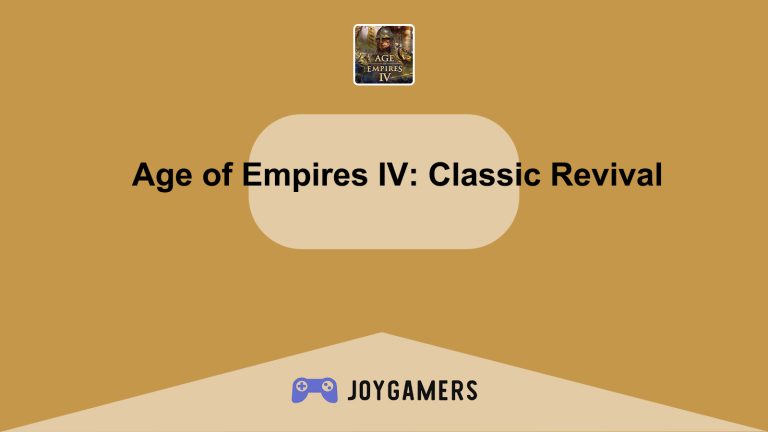Gameplay Mechanics in Halo Infinite
Halo Infinite marks a significant chapter in the storied Halo franchise, merging classic Halo combat elements with new, expansive features. Its gameplay is designed to satisfy both long-time fans and newcomers, offering a blend of nostalgia and innovation.
- Open-World Exploration: Unlike its predecessors, Halo Infinite introduces a semi-open world environment on the Zeta Halo ring. This new approach allows for greater player freedom and exploration, diverging from the linear progression traditionally seen in Halo games. Players can tackle various enemy encampments, discover hidden collectibles, and complete side missions at their own pace. This open-world design enhances the gameplay experience by adding depth and replayability, encouraging players to explore every corner of the vast landscape. However, while this freedom is a welcome addition, it sometimes leads to pacing issues, where the main storyline can feel interrupted by numerous side activities.
- Combat and Weaponry: Halo Infinite retains the franchise’s core shooter mechanics, focusing on a well-balanced mix of shooting, melee attacks, and grenade throwing. The game introduces new weapons and gadgets, like the Grappleshot, which adds a dynamic layer to combat and movement. The Grappleshot allows players to pull themselves towards enemies or objects, facilitating strategic positioning and fluid battlefield mobility. Weapon handling and sound design have been meticulously refined, with each weapon offering a unique tactical advantage and satisfying feedback. The combat is further enriched by smart AI enemies that challenge players to continuously adapt their strategies. However, some players might find the weapon balancing needing adjustments, as certain weapons can feel over or underpowered in multiplayer modes.
Graphics and Art Design
The visual presentation of Halo Infinite is a critical aspect of its overall impact, combining state-of-the-art graphics technology with the iconic art style of the Halo series.
- Visual Fidelity: Halo Infinite boasts impressive graphics, especially in terms of character models and environmental textures. The game utilizes the new Slipspace Engine, which enhances visual details and lighting effects, creating immersive and vivid scenes. The landscapes of the Zeta Halo ring are rendered with great detail, from sprawling vistas to intricate alien architecture, providing a sense of scale and wonder. The day-night cycle and dynamic weather systems add to the realism and atmospheric feel of the game world.
- Artistic Consistency: While Halo Infinite pushes the boundaries with its technical graphics, it also remains true to the series’ original art direction. The design of the Spartans, Covenant, and Forerunners are all recognizably Halo, with just enough updates to feel fresh in 2024. This consistency helps maintain the legacy feel of the franchise while appealing to a modern audience. However, some fans have criticized certain aesthetic choices, such as the redesign of some classic enemies which may depart too far from their original appearances. Despite these controversies, the overall art style successfully bridges Halo’s past and future.
Story and Character Development
Halo Infinite aims to revitalize the narrative aspect of the series, focusing on both the epic scale of interstellar conflict and more personal stories.
- Narrative Depth: The story of Halo Infinite centers around Master Chief’s efforts to thwart the Banished and uncover mysteries tied to the Halo ring. The narrative attempts to strike a balance between providing a new direction and respecting the series’ roots, featuring familiar faces such as Cortana and introducing new characters like the Pilot and the weapon. The plot has been praised for its emotional depth and character-driven moments, especially in how it explores Master Chief’s humanity.
- Character Arcs and Dialogues: Character development is a strong point in Halo Infinite. The interactions between characters are well-scripted, contributing to a narrative that feels both grandiose and intimate. Master Chief’s relationship with his new AI companion, the Weapon, is particularly noteworthy, offering moments of humor and warmth that contrast with the game’s overall combat-heavy theme. However, some secondary characters could benefit from deeper development to fully realize their potential in the storyline.
Overall Value and Reception
Evaluating the overall value of Halo Infinite involves considering its replayability, multiplayer features, and how it stands compared to other titles in the genre.
- Replayability and Multiplayer: Halo Infinite offers significant replay value through its campaign and robust multiplayer modes. The multiplayer component is free-to-play, featuring classic modes like Slayer and Capture the Flag, along with new additions that keep the gameplay feeling fresh. The progression system and cosmetic customization also encourage continued play, though the monetization strategy has received some criticism for how it handles microtransactions.
- Comparative Analysis: When compared to other first-person shooters on the market, Halo Infinite holds its own with its unique blend of tactical combat, exploration, and narrative depth. Its main competitors include titles like Call of Duty and Battlefield, where Halo Infinite differentiates itself through its sci-fi storytelling and strategic gameplay nuances. Despite facing stiff competition, Halo Infinite manages to carve out a niche by staying true to its roots while innovating in key areas.
In conclusion, Halo Infinite is a commendable continuation of the Halo legacy, balancing traditional elements with new innovations to satisfy a broad audience of gamers.




